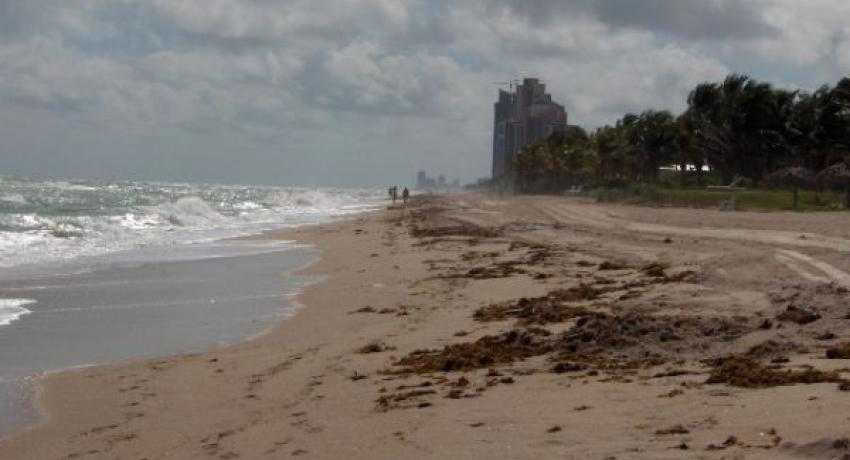Future for solar not so bright in the Sunshine State
If you ask people who don’t follow the politics or news about the solar industry which US states they think have the most solar panels, they probably wouldn’t guess Massachusetts or New Jersey. Sure, they would probably get California and maybe Arizona. But they’d also probably expect the Sunshine State to be at the top of the list.
Most people, if they didn’t realize solar installations have more to do with policy than the availability of the actual resource, would think the sunny states in the southeast should sparkle with solar panels as you fly over the region.
St. Petersburg, Fla. Has a place in the Guinness Book of World Records for a 768-day stretch of sunny days, according to an article in the Las Angeles Times. And it would seem like a good place for solar.
In reality, the prospects for the solar industry in the southeast are dim at best, according to the Las Angeles Times article.
States like Florida, Virginia and South Carolina have created political environments toxic to solar.
In other parts of the country, companies like Sunrun and SolarCity have blazed the trail for the rapidly expanding rooftop solar industry by leasing solar panels to home and business owners who don’t have the cash to buy them outright. The third-party model allows almost anyone to go solar and usually saves the client a little money each month on the utility bill.
That model has made solar explode in the states that allow it.
But the third-party ownership model isn’t legal in most southeastern states, where power companies insist they are the only ones with the rights to sell power to residents in their realms.
On top of disallowing third-party systems, the southeastern states make it hard for home and business owners who would like to buy their own solar installations outright.
In states with thriving solar industries, utility companies have strong net metering programs that require utilities to pay consumers for the excess energy their solar panels produce. In most cases, the utilities credit consumers at the retail power rate.
In the southeast, net metering rates are much lower where the policies exist at all. And the state’s often charge taxes and fees for solar equipment that other states exempt from taxation.
Of course, just because utility companies, regulators and the politicians that run the southeast states want to lock solar out doesn’t mean the people do.
“We get all kinds of inquiries every day (from the south),” SolarCity spokesman Will Craven told the LA Times. “People there want to be our customers.”
Southeastern state lawmakers are starting to bend to the will of the people – a little. South Carolina passed legislation directing utility regulators to create a framework to allow leasing.
But the progress is happening in baby steps. And utility companies will probably maintain their dominance and keep solar power at bay in the southeast until solar combined with storage becomes so affordable that home and business owners will be able to afford to defect from the grid even in the face of hefty taxes and fees.
So, for years to come, the Sunshine State will continue to be a dark spot for the solar industry.




